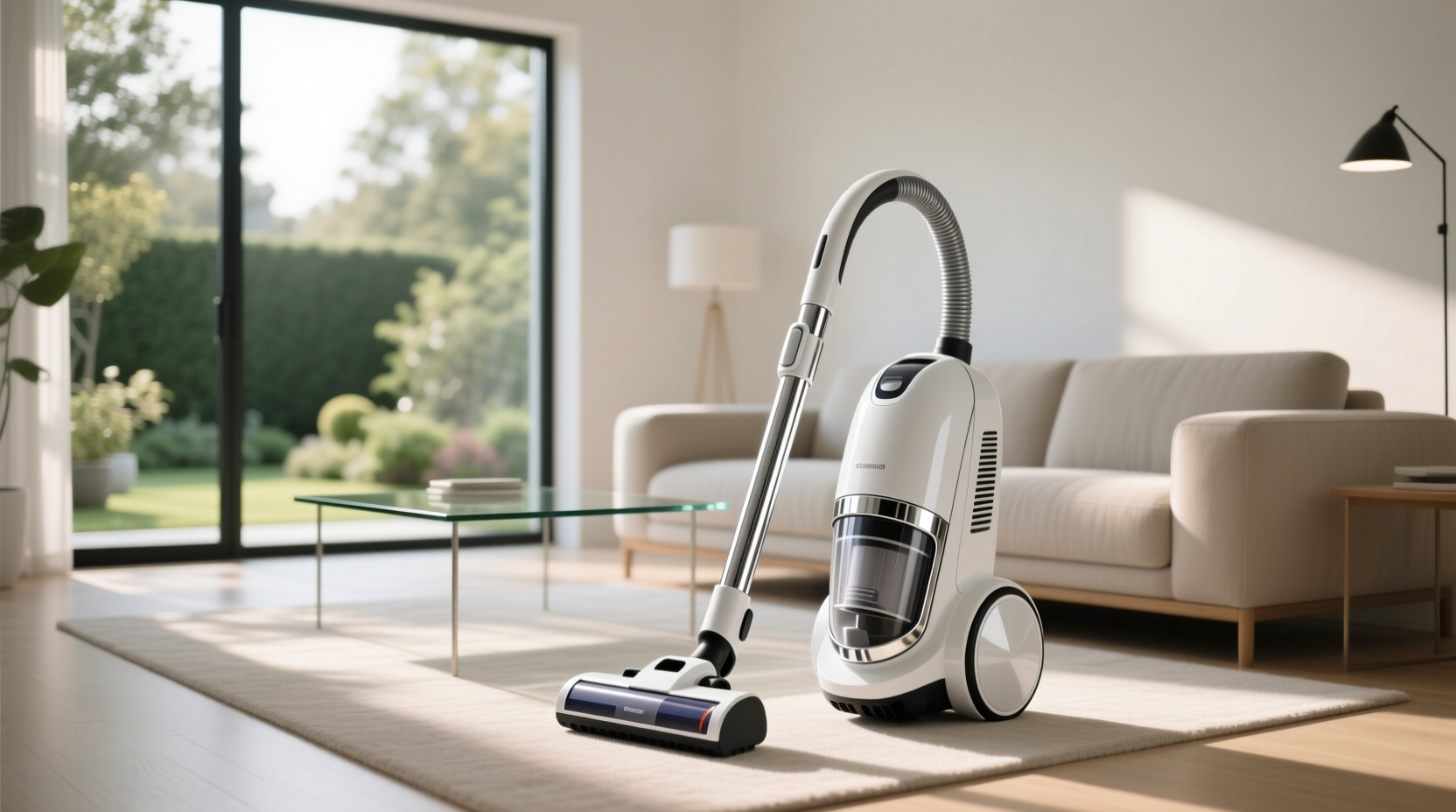Is it time to say goodbye to your trusty vacuum cleaner?
A reliable vacuum keeps your floors clean and your home healthy.
Knowing when to replace it helps maintain strong suction, better air quality, and easier cleaning.
Here are some points to guide you.
How Often Should You Replace Your Vacuum Cleaner?
1. Noticeable Loss of Suction
If your vacuum struggles to pick up crumbs or pet hair even after cleaning the filters and checking for clogs, it may be nearing the end.
Motors weaken with time, and older models often can’t maintain consistent airflow.
When suction drops repeatedly and repairs don’t help, a replacement is usually the most practical option.
2. Persistent Bad Odors
A vacuum that smells unpleasant after deep cleaning, bag changes, and filter replacements can signal internal buildup you can’t fully remove.
Odors often come from worn seals or trapped debris inside the motor housing.
If the smell returns quickly and affects your home’s air quality, switching to a new vacuum is often smarter.
3. Frequent Overheating
When a vacuum heats up often, shuts off during use, or feels unusually hot, the motor may be stressed.
Overheating usually means the machine is working harder than it should, often due to age or internal wear.
Once this becomes a pattern, replacing the vacuum is safer and more cost-effective than repeated repair attempts.
4. Excessive Noise
A sudden increase in noise such as rattling, grinding, or high-pitched whines, usually points to worn bearings, a failing motor, or damaged internal parts.
While small fixes can help short-term, constant loud sounds mean the machine is aging.
When the noise becomes distracting or alarming, it’s time to shop for a newer, quieter model.
5. Visible Wear and Tear
Cracks in the hose, broken wheels, loose attachments, or bent brushes can affect cleaning results.
You can replace minor parts, but if damage keeps coming back, the body of the vacuum may be deteriorating.
When multiple components feel unstable or worn, the machine has likely reached the end of its lifespan.
6. Filters No Longer Fit Well
Older vacuums sometimes have discontinued parts, especially filters.
If replacement filters are hard to find or no longer seal properly, the machine can’t trap dust efficiently.
Poor filtration affects both suction and air quality.
When compatible parts become scarce, upgrading your vacuum is usually the simplest long-term fix.
7. Repairs Cost More Than the Vacuum’s Value
If repairs start to add up such as new belts, motors, hoses, or electrical fixes, it may cost more than purchasing a newer model with better efficiency.
Most vacuums last about six to eight years depending on use.
When repair quotes keep rising, replacing the vacuum is usually the more economical route.
8. Your Floor Needs Have Changed
New flooring, such as thick carpets or hard floors that scratch easily, may require a different type of vacuum.
Older machines aren’t always designed for today’s surfaces or modern features like HEPA filtration.
If your current vacuum isn’t meeting your home’s needs, upgrading can improve daily cleaning comfort.
9. The Vacuum Emits Dust
If you see dust puffing out when you turn on the machine or notice fine debris settling around the exhaust, the vacuum is losing its sealing ability.
This usually means worn gaskets or a failing filtration system.
Once a vacuum starts releasing dust, a replacement is the best choice for cleaner indoor air.
10. It’s More Than 8–10 Years Old
Even with good maintenance, most vacuums wear down after several years of use.
Technology also improves rapidly, offering stronger suction, better batteries, and improved filtration.
If your vacuum is a decade old and showing performance issues, upgrading ensures cleaner floors and more efficient cleaning.
FAQs
1. How long should a vacuum cleaner last on average?
Most vacuums last six to eight years, depending on brand, usage, and maintenance.
2. Can servicing extend my vacuum’s lifespan?
Yes. Cleaning filters, removing clogs, and replacing belts can help, but it won’t fix major aging issues like a failing motor.
3. How often should I replace vacuum filters?
Most filters need replacing every three to six months, depending on your model and how often you clean.
The Wind-Up
A vacuum that underperforms, overheats, or shows repeated wear often signals it’s time for a replacement.
Choosing a model that fits your home’s needs keeps cleaning simple and efficient.
Want more helpful home-care guides? Browse related posts to stay informed.
